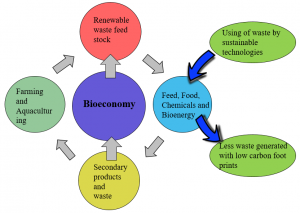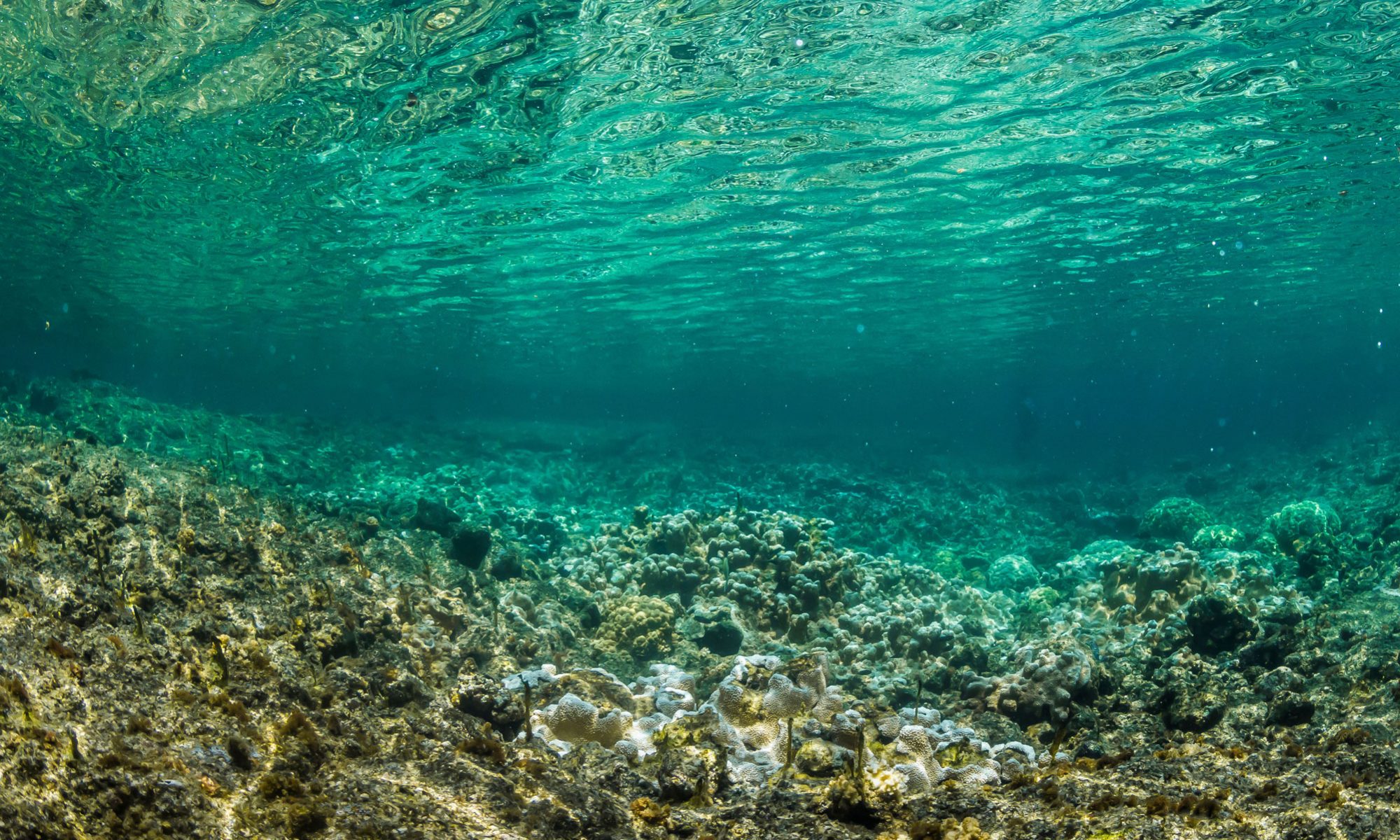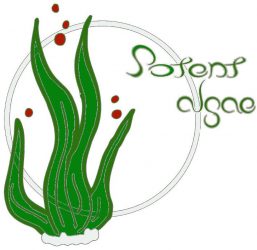Circular economy
On the far side of current take-make-waste industrial model (Linear economy), the circular economy is a model of production and consumption, which includes reusing, repairing and recycling materials as long as possible. It requires constantly and regularly dissociating economic activity from the consumption of limited and non-renewable resources, and prevention of waste and harmful emissions to soils, water and air. Circular economy is based on three principals:
- Reduce (minimum using of finite resources)
- Reuse (maximum reuse of products and components)
- Recycle (high quality regenerate and reuse of raw materials
VS

Benefits of circular economy
Moving towards a more circular economy could bring positive advantages including:
- Reducing pressure on the environment: reducing total annual greenhouse gas emissions by 2-4 %, avoidance of environmental damage caused by resource extraction
- Improving the security of the supply of raw materials
- Creating of new green industries and jobs and boosting economic growth
- reducing in manufacturing and transportation costs by increasing in national productivity
- Providing consumers durable and healthy products that will increase their quality of life and save them money in the long term
Circular Bioeconomy
The ‘bioeconomy’ attributes to those parts of the economy that exploit renewable biological resources from land and sea including forests, animals, microorganisms such as algae, along with utilization of biological processes and principals to produce sustainable food, components and energy. Therefore, a ‘circular bioeconomy’ is a zero waste closed system, which is the global destination to protect a sustainable future. The bioeconomy can turn algae into fuel, recycle plastic, convert waste from the food production chain into new clothing and transform industrial byproducts into valuable biobased materials.

Importance and benefits of algae in circular bioeconomy
- Algae grow fast which is remarkable point to convert sunlight, carbon dioxide and nutrients into organic matter (biomass) to produce a large number of sustainable bioproducts
- Algae reduce our dependency on petrochemicals by sequester CO2, and create carbon-neutral industries
- Algae are relatively simple to culture: they need light, water and basic nutrients, not complex growth media formulations and tightly controlled environmental conditions
- Algae offer significantly higher productivity per unit land area than all crop plants. The production efficiency of microalgae can be considered as outstanding, since the conversion of solar energy to chemical energy by fixing CO2 in microalgae is ten times greater than in terrestrial plants
- For achieving economic and environmental sustainability, microalgae are produced on non-arable land, in seawater or even in wastewater, reducing freshwater consumption and removing competition with food production, which is environmentally sustainable
- Aquatic biorefining is another example of function of advanced biorefineries with the potential to contribute to circular bioeconomy
- Algae support some global target for sustainability and providing solutions to mitigate the effects of climate change
- Growth of an algae-based circular bioeconomy will provide clean, green and sustainable industries and opportunities for new supply network in manufacture, clean energy and ecological functions
- Using microalgae in aquaculture industries and cultivating algal biomass from waste nutrients, is a circular economy solution to limit the impact of agricultural and organic waste management on the environment by reducing nutrient pollution, greenhouse gases emission, and the requirement for land use (deforestation)
- Algae play an important role to have an environmentally friendly society by producing a vast array of natural and sustainable components and products including proteins, pigments, fatty acids, and bioplastics and so on.
Sources
- Stiles, W.A.V.; Styles, D.; Chapman, S.P.; Esteves, S.; Bywater, A.; Melville, L.; Silkina, A.; Lupatsch, I.; Grunewald, G.F.; Lovitt, R.; Chalner, T.; Bull, A.; Morris, C.; Llewllyn, C.A. Using microalgae in the circular economy to valorize anaerobic digestate: challenges and opportunities. Bioresour technol 2018, 26, 732-742.
- https://www.ellenmacarthurfoundation.org/circular-economy/concept
- https://www.europarl.europa.eu/news/en/headlines/economy/20151201STO05603/circular-economy-definition-importance-and-benefits
- https://www.scp-centre.org/can-benefit-circular-economy/
- https://www.nature.com/news/policy-five-comerstones-of-a-globa l-bioeconomy-1 .20228


